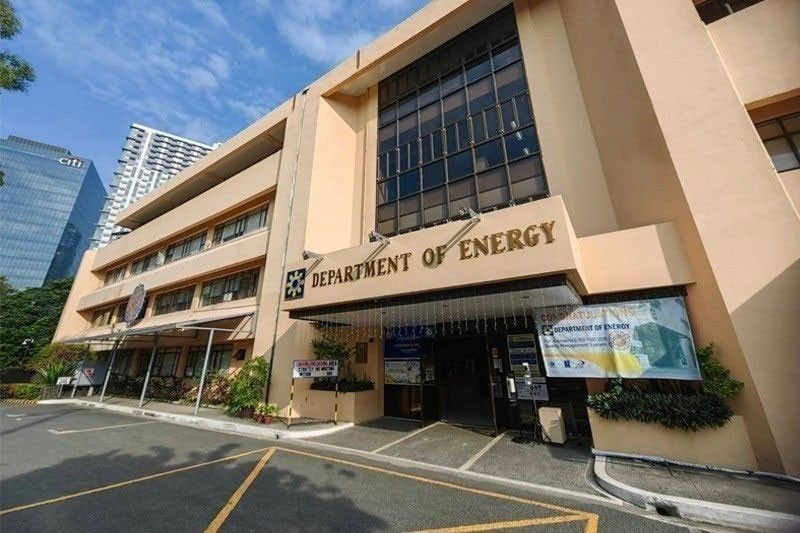
THE Department of Energy (DoE) is looking into creating a new mechanism to reassign terminated service contracts to remove the barriers in renewable energy (RE) development.
“Usually, our general policy, if terminated or relinquished, we do the Open and Competitive Section [Process] (OCSP),” Energy Assistant Secretary Mylene C. Capongcol told reporters last week.
“But we’re also looking at a possible new mechanism to avoid OCSP. Of course, it has to be the least cost, most efficient, and most beneficial to the country,” she added.
The DoE is exploring ways to reallocate terminated service contracts aside from OCSP as the scheme does not cater to solar power service contracts.
The OCSP is a mode for the selection and award of RE contracts particularly for pre-determined areas (PDAs) offered by the DoE through a bidding process. PDAs refer to locations with potential RE resources that are suitable for further development.
The government last conducted an OCSP in 2023 where it received 25 bids for geothermal, hydropower, and wind energy technologies.
Ms. Capongcol said the agency is actively monitoring contract holders’ performance to flag “sleeping” power projects.
“[Our goal] is to at least remove the barriers to RE development, so we can make use of the available space and increase the capacity in RE to help sustain our energy requirements,” she said.
“We’re not saying that RE will solve everything as far as the power supply but at least we can sustain the local or indigenous supply,” she added.
The Philippines is hoping to expand the share of renewable energy in the country’s power mix to 35% by 2030 and 50% by 2040.
As of February, the DoE has awarded a total of 1,411 service contracts, equivalent to a potential capacity of 154 gigawatts.
In October last year, the agency said that at least 105 renewable energy projects were being processed for termination due to “non-compliance” with project timelines.
Among the reasons cited for the delays was failure to obtain possessory rights or system impact studies, which poses a problem in linking the country’s grid system. — Sheldeen Joy Talavera



